The Pros and Cons of an Open-Face Helmet: What You Need to Know
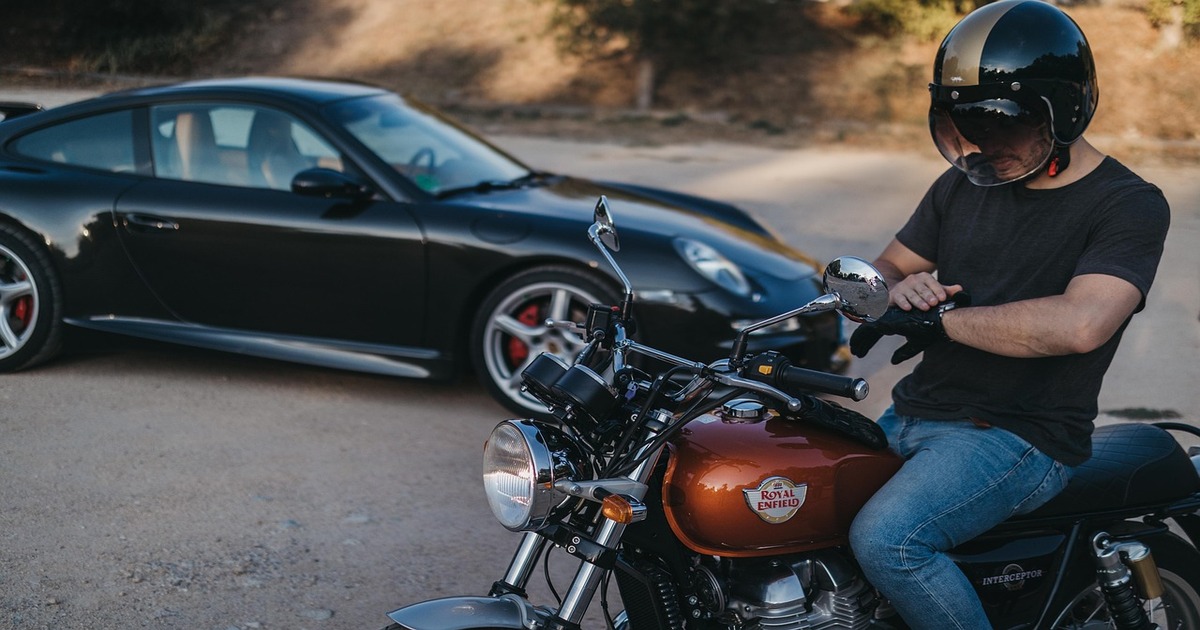
Making that choice can be difficult as there are many types and models you can pick, all with different characteristics. Today, we’ll dive into the world of open-face helmets, exploring their advantages and drawbacks so that you can make an informed decision about your safety gear.
What Is an Open-Face Helmet?
Before we get into the details, let's define what we're talking about as there are many types of motorcycle helmets. An open-face helmet, also known as a 3/4 helmet, covers the top, back, and sides of your head, leaving your face exposed. So, when compared to the other two primary types:
- unlike a full-face helmet, it does not have a chin bar and does not protect your face and
- unlike a half helmet, it also covers the back and sides of your head.
It's like the Goldilocks of helmets - more coverage than a half helmet but less than a full-face one. Now let’s get to the advantages and disadvantages.
Pros of Open-Face Helmets
When it comes to cruising down the highway, open-face helmets offer some undeniable perks:
- Enhanced ventilation and airflow: Unlike full-face helmets that can feel stuffy, open-face helmets allow for superior airflow, keeping you cool and comfortable on hot days. The increased ventilation also reduces fogging (assuming you have an added visor), providing clear visibility in all conditions.
- Improved visibility and peripheral vision: With no chin bar obstructing your view, open-face helmets offer unparalleled visibility and peripheral vision. This wider field of vision enhances your situational awareness, allowing you to anticipate and react to potential hazards more effectively.
- Greater sense of freedom and comfort: Let's face it, literally, open-face helmets provide a sense of freedom and connection with the road that's hard to beat. Without the confines of a full-face helmet, you can enjoy the rush of the wind against your face and the sights and sounds of the open road.
- Ease of communication and interaction: Whether you're nodding to fellow riders, chatting with friends at a stoplight, or ordering a coffee at the drive-thru, open-face helmets make communication a breeze. No need to remove your helmet or raise your voice - simply speak and be heard.
- Stylish design options: From retro-inspired designs to modern graphics, open-face helmets come in a variety of styles to suit every rider's taste. Whether you prefer classic elegance or bold, eye-catching patterns, there's a helmet out there that reflects your personal style.
- Sufficient protection: Although it does not provide as much protection as a full-face or even modular helmet, all open-face helmets in Australia must comply with either AS 1698:1988, AS/NZS 1698:2006 (the safety regulations applicable in Australia and New Zealand), or ECE 22.05/ECE 22.06 (the safety regulations for helmets imported from Europe), which means that the degree of protection is sufficient for these helmets to be considered safe in most driving conditions.
Cons of Open-Face Helmets
However, despite the pros, before you hop on your bike and hit the throttle, consider the potential downsides of rocking an open-face lid:
- Reduced facial protection: The most obvious drawback of open-face helmets is the lack of facial protection. Without a chin bar or face shield, your face is more exposed to impact and injury in the event of a crash.
- Increased risk of facial injuries: In addition to impact injuries, open-face helmets leave your face vulnerable to a variety of hazards, including flying debris, bugs, and road debris. Even at moderate speeds, a stray rock or insect can cause serious injury or at least discomfort.
- Limited weather protection: While open-face helmets excel in warm, dry conditions, they offer minimal protection from rain, wind, and road spray. Riding in inclement weather can be uncomfortable and potentially hazardous, as moisture and debris can impede your vision and distract your focus.
- Less effective noise reduction: Compared to full-face helmets, open-face helmets provide less effective noise reduction at higher speeds. Wind noise and engine roar can be more pronounced, leading to increased fatigue and discomfort on long rides.
- Potential discomfort: Wind buffeting, air pressure changes, and exposure to the elements can cause discomfort or fatigue, especially during extended periods of riding. While some riders enjoy the sensation of the open road, others may find it distracting or uncomfortable.
In a nutshell, if we were to compare open-face vs. full-face helmets (even modular helmets), it would boil down to more freedom vs. more protection, and that protection includes both safeguarding from injury and inclement weather.
Choosing the Right Helmet for You - Personal Preference and Riding Conditions

At the end of the day, the choice between an open-face helmet and other options boils down to personal preference and your riding habits. If you're zipping around city streets at moderate speeds, an open-face motorcycle helmet may offer the convenience and comfort you need. The improved visibility and ease of communication make it ideal for navigating traffic and interacting with pedestrians and other road users.
For highway cruising or touring adventures, you might prefer the added protection and comfort of a full-face helmet, especially at higher speeds. While open-face helmets provide excellent ventilation and visibility, they may not offer sufficient protection from wind, noise, and fatigue on extended rides.
When hitting the trails or tackling rough terrain, a specialised dirt bike helmet with a visor or goggles might be the best bet for maximum protection and visibility. Open-face helmets are not suited for off-road riding, as they offer minimal protection from impacts, debris, and environmental hazards.
A Few Final Tips for Open-Face Helmet Users
If you decide to go with an open-face helmet, here are some simple tips to ensure you stay safe as possible and comfortable on the road:
- Ensure a proper fit: Your helmet should fit snugly without being too tight or too loose. Use the chin strap to secure it in place and adjust the fit as needed.
- Wear protective eyewear: Sunglasses or goggles can provide added eye protection from wind, debris, and UV rays. Look for eyewear that fits snugly under your helmet and provides clear vision in all conditions.
- Regular maintenance: Keep your helmet clean and inspect it regularly for any signs of damage or wear. Replace it if it's been involved in a crash or shows signs of deterioration, and store it in a cool, dry place when not in use.
Where Can You Get a High-Quality Open-Face Helmet?
So, there you have it - the pros and cons of rocking an open-face helmet. Whether you prioritise the feeling of freedom and connection with the road or value maximum protection and safety, the choice is yours to make. And when you do make your choice on the type of helmet, you can find the best model at Shark Leathers.
We offer a wide range of affordable open-face helmets, including with and without visors, from the best brands you can find in Australia. If your heart is set on an open-face helmet, you’ll find one here. In case you are having second thoughts, we also sell full-face, modular, dirt bike, and adventure motorcycle helmets. So make your choice, place your order online, and we’ll ship it to your address.
Just remember to ride smart, stay safe, and keep the rubber side down. Happy riding!



 cart(
cart(
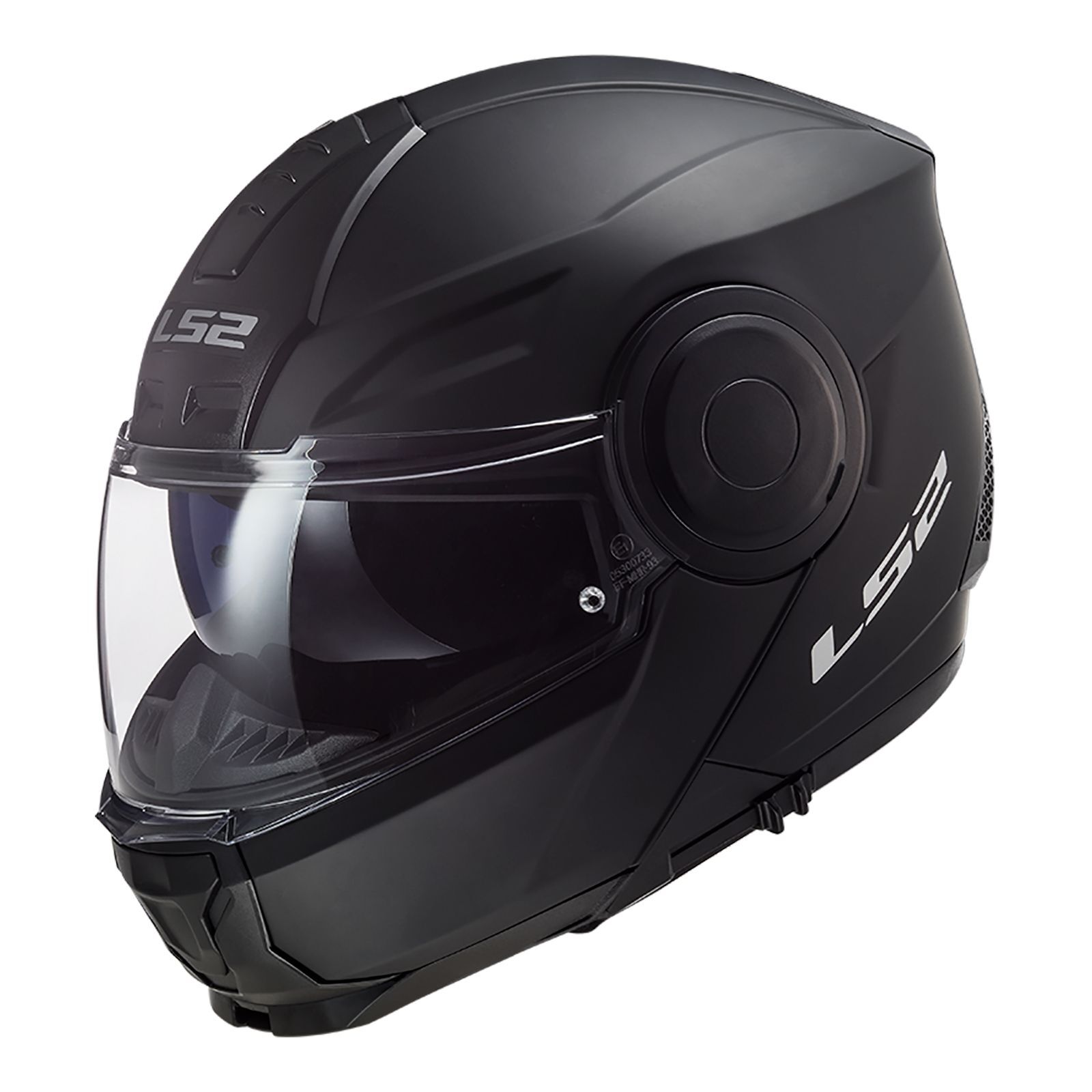
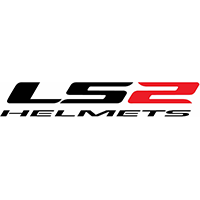
![Shark - Protective Chinos [CE2]](/assets/full/S210211.jpg?20211108132132)

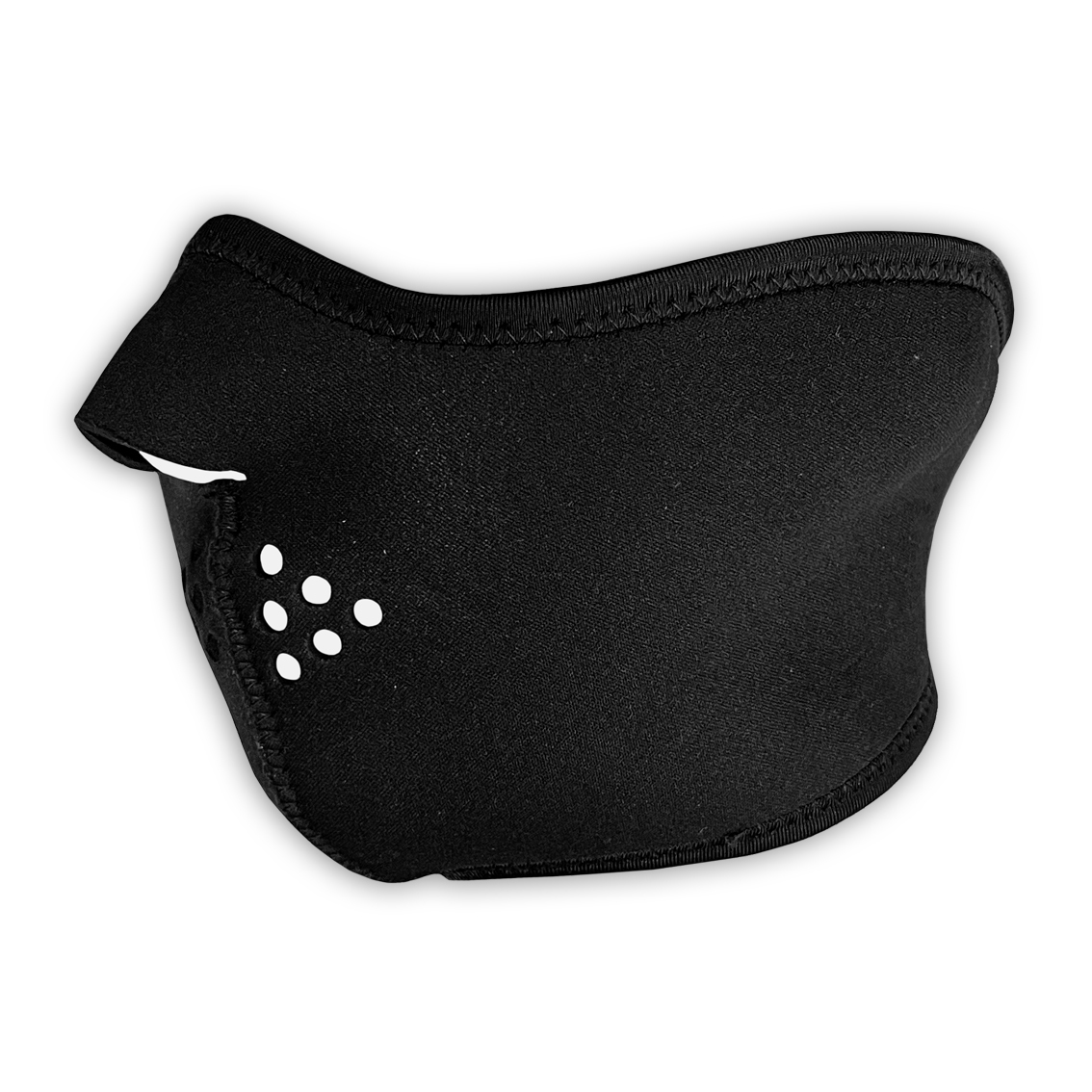
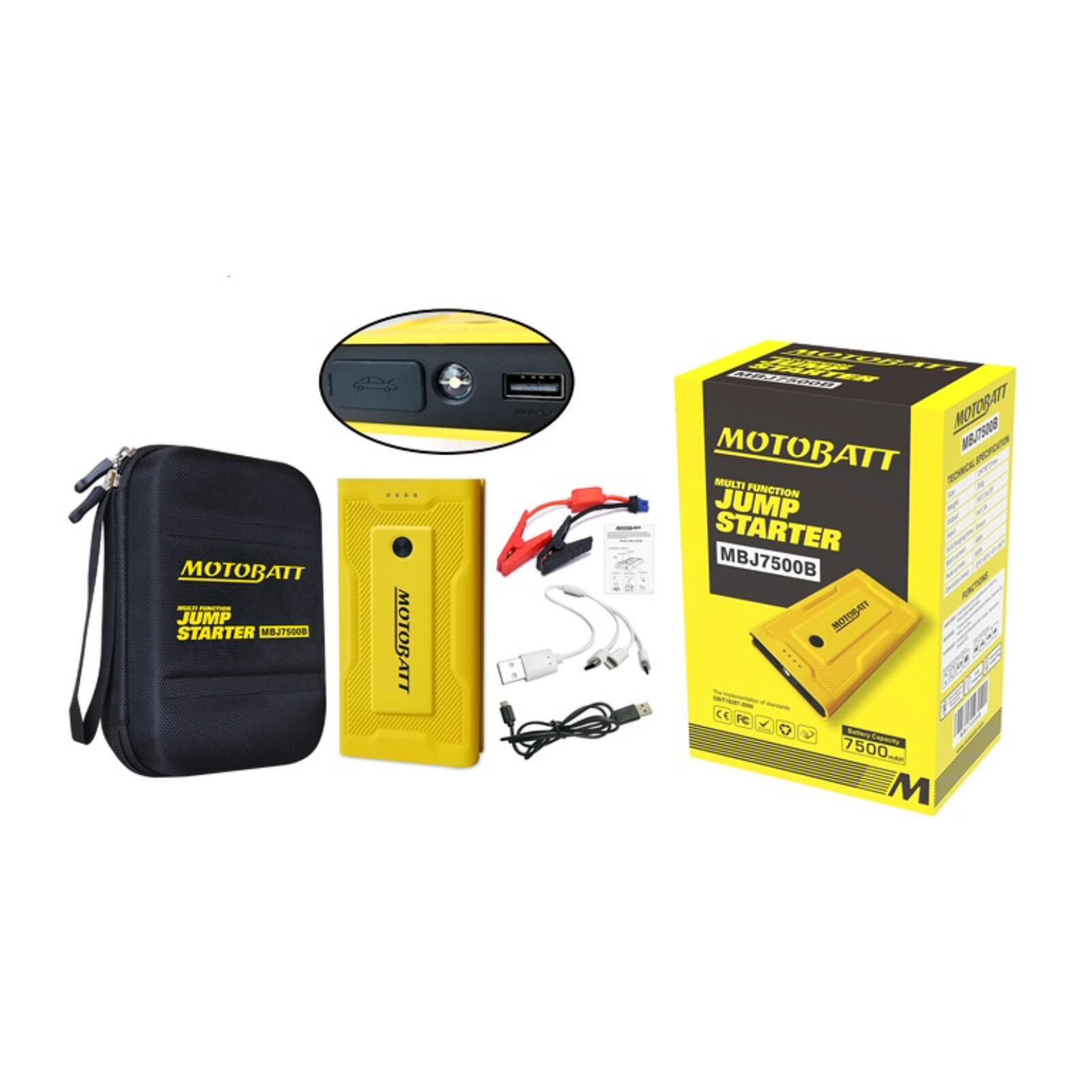
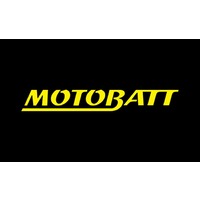
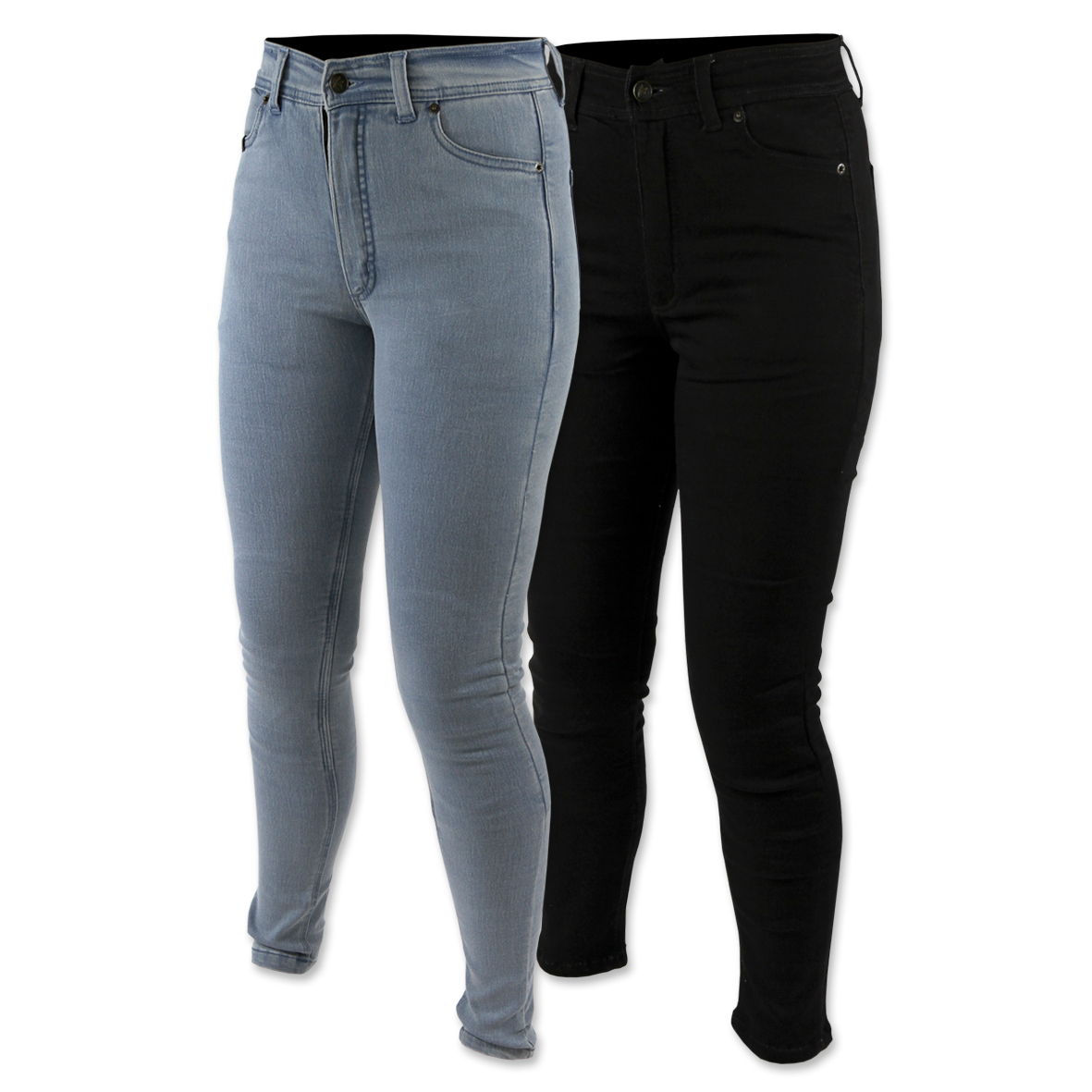
 6/142 Siganto Dr, Helensvale QLD 4212
6/142 Siganto Dr, Helensvale QLD 4212 (07) 5573 5118
(07) 5573 5118



